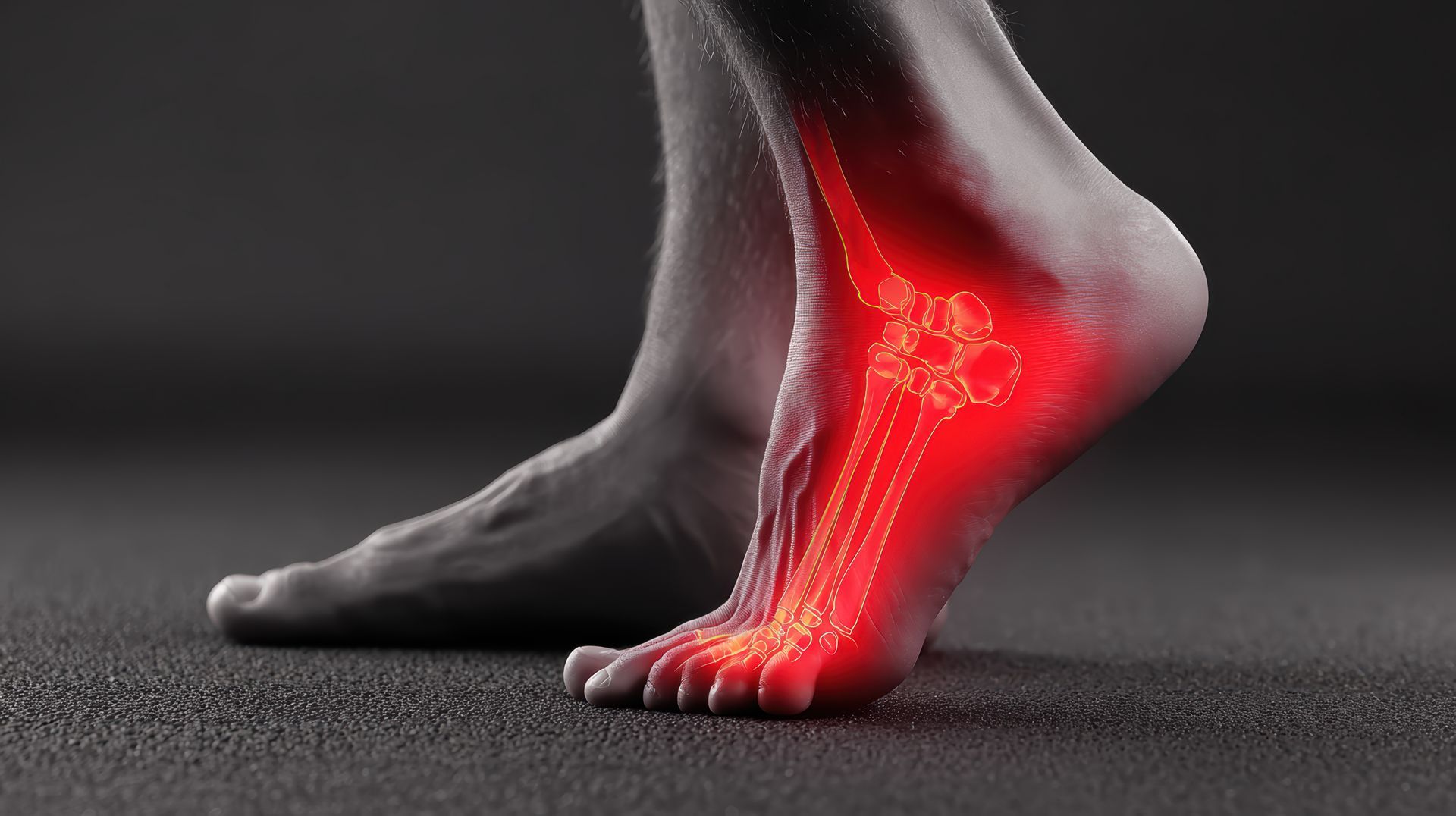The Link Between Stem Cells & Aging
Life expectancy is on the rise. The problem? While science has found ways to keep us alive for longer, the medical community is struggling to help people age without debilitating chronic pain. But part of the potential solution is already here: regenerative medicine using stem cells.
Medical studies are increasingly showing that the relationship between stem cells and aging can help us to solve many of the problems associated with aging. This had wide ranging implications, such as helping lowering patient dependency on prescription medication and drastically reducing (or even eliminating) chronic pain.
Understanding Stem Cells
Before we delve deeper into stem cells, aging, and how they are linked, let's first consider what stem cells entail. Stem cells are essentially precursors of each and every cell that is found in the human body. The cells in your muscle, skin, and blood all use stem cells as building blocks.
Stem cells help organisms demonstrate an impressive ability for regeneration. Planaria, for example, can grow a new head within 5 days of decapitation. Salamanders have the well-known ability to regrow lost limbs in a matter of days. The majority of organisms that display these characteristics all have this in common: they have an abundance of stem cells.
How Regenerative Medicine Using Stem Cells Help Humans
Humans and most other mammals, on the other hand, only have a very limited ability for rejuvenation. And this ability only lessens as we age, with fewer and lower-quality stem cells available to the body. Nevertheless, stem cells in humans are incredibly effective at restoring and regenerating.
The existence of stem cells helps the body to self-heal, replacing old and damaged cells with new ones. Contrary to NSAIDs such as Ibuprofen, which just mask symptoms, stem cells help the regeneration process in the body. To those of us who suffer from chronic pain, regenerative medicine that uses stem cells can be truly life-changing.
Consider this example: your elbow is chronically inflamed, causing pain. Stem cells will migrate to this section of your body, moving into the tissues found therein. Once there, they will help your body do what it needs to alleviate the inflammation. They may call a fibroblast, helping to create a necessary tendon. Or, if this is not an option, the stem cell can turn itself into one.
Regenerative medicine that utilizes stem cells have already had numerous documented cases of incredible success. For example, it has helped patients recover from various injuries, from torn Achilles tendons to complex spinal injuries. Doctors have also had success using regenerative medical procedures to help patients recover from strokes.
Do Stem Cells Age?
In short, yes, stem cells also age. Even stem cells themselves, which are used to replace other old cells, suffer from the aging process. This leads to our common understanding of aging, with stem cells no longer being able to do the job they used to.
The important thing to note: aging has both qualitative and quantitative effects on stem cells. This means that we not only have fewer stem cells as we get older, but the quality of each individual stem cell also suffers.
Stem cells therefore not only increases the number of these cells in the body, but also improves their average quality. The work that they can do to help your body self-heal is multiplied, with the effects of the regenerative process far more tangible.
Aging and Stem Cells
Regenerative medicine that utilizes stem cells aren't just for the treatment of specific medical conditions. The reason for this is that stem cells help your body stay young. It enriches your skin with collagen and elastin. Mesenchymal stem cells also help prevent the general wear and tear of the joints we associate with aging. They do this through the release of proteins that deter inflammation, which in turn strengthens the joints.
Stem cell production in the body significant lowers as we get older. This means that we can no longer repair our body as it breaks down. This is particularly true when we suffer injuries; have you ever noticed how much longer it takes to recover compared to when you were in your 20s?
Stem cells effectively increases the number of stem cells in your body. This helps with acute injuries and chronic pain alike. You'll notice greater flexibility, quicker recovery from injuries, and an increased range of motion. When it comes to chronic pain in the body, this is game changing.
Mesenchymal stem cells (MSCs)
Studies have shown that human umbilical derived Mesenchymal stem cells (Wharton's Jelly) have been shown to be a promising source of fast self-renewal, promoting tissue repair, and modulating immune response.
The regenerative medicine that Chronic Care of Richmond utilizes contains these types of stem cells to stop inflammation and degeneration and go to that location to begin repairing tissue. They have been shown to help repair muscle, bone, cartilage and tendons.
Our umbilical cord derived Mesenchymal Stem Cells, specifically Wharton's Jelly, come from FDA regulated cord banks. They are specialized cells that are able to receive signals from the other cells in your body and trigger your body's natural healing process.
What You Can Do
In addition to receiving a regenerative medical procedure, you can have a positive influence on the stem cells found in your body:
- Sleep. There is evidence that sleep deprivation can cause stem cell degeneration. Ensure you get plenty of sleep (7 hours minimum) each and every night.
- Diet. Stem cells and sugar don't get along well. Studies have shown that lowering sugar consumption not only improves stem cell efficiency, but it also prolongs their life.
- Stress. Increased stress levels have wide ranging negative effects on your health, lowering life expectancy and your overall quality of life. Not only that, stress also lowers the ability of stem cells to repair DNA damage. This makes you less resilient to injury and more susceptible to chronic pain.




